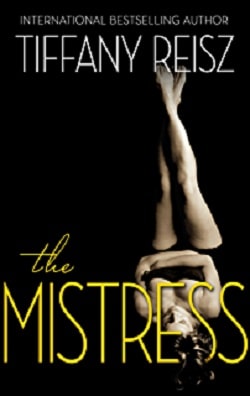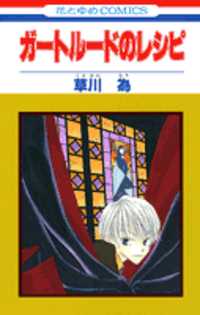Tiffany Reisz's The Mistress, the fourth and final installment in The Original Sinners series, is a masterful culmination of a narrative that has captivated readers with its intricate exploration of love, power, and the complexities of human desire. As the series reaches its climax, Reisz deftly intertwines themes of punishment and vengeance, all while maintaining the series' hallmark of sensual storytelling that pushes boundaries and challenges societal norms.
The novel opens with Nora Sutherlin in a precarious situation—bound and naked, held captive by a captor who is devoid of the playful spirit that typically characterizes her BDSM encounters. This stark contrast sets the tone for the book, where the stakes are higher than ever. Nora's predicament serves as a catalyst for her to reflect on her past relationships with the men who have shaped her life: Søren, Kingsley, and Wesley. Each of these characters has played a significant role in her journey, and through her storytelling, Nora becomes a modern-day Scheherazade, weaving tales that not only entertain but also reveal the depths of her emotional and psychological landscape.
One of the most striking aspects of The Mistress is its exploration of the theme of power dynamics within relationships. Reisz does not shy away from depicting the darker sides of desire, showcasing how love can be intertwined with pain and sacrifice. Nora's relationships with Søren, Kingsley, and Wesley are not merely romantic entanglements; they are complex, layered connections that challenge the notion of traditional love. Each character represents different facets of Nora's identity and desires, and as she recounts her experiences, readers are invited to witness her evolution from a woman seeking pleasure to one confronting her vulnerabilities and fears.
The character development in The Mistress is profound. Nora, who has always been portrayed as a strong and independent woman, is stripped down—both literally and metaphorically. Her captivity forces her to confront her past choices and the consequences that come with them. The vulnerability she exhibits is a stark contrast to her usual bravado, allowing readers to see her as a multi-dimensional character who is not just a mistress but a survivor. Reisz skillfully balances Nora's strength with her fragility, making her journey all the more compelling.
Søren, Kingsley, and Wesley each embody different aspects of Nora's psyche. Søren, the enigmatic priest, represents the darker, more complex side of love and desire. His relationship with Nora is fraught with moral ambiguity, yet it is also deeply passionate and transformative. Kingsley, with his charm and charisma, embodies freedom and the thrill of the chase, while Wesley represents the more conventional aspects of love—stability, loyalty, and emotional connection. Through Nora's reflections on these men, Reisz delves into the intricacies of love, illustrating how it can be both liberating and confining.
The narrative structure of The Mistress is particularly noteworthy. By employing the storytelling technique reminiscent of Scheherazade, Reisz not only adds a layer of intrigue but also emphasizes the power of narrative itself. Nora's tales serve as a means of survival, allowing her to reclaim agency in a situation where she feels powerless. This meta-narrative approach enriches the reading experience, inviting readers to ponder the significance of storytelling in shaping our identities and experiences.
Reisz's prose is as evocative as ever, blending lyrical beauty with raw honesty. Her ability to articulate the complexities of desire and the human condition is unparalleled. The sensuality in her writing is palpable, yet it is never gratuitous; instead, it serves to enhance the emotional depth of the characters and their relationships. The dialogue is sharp and witty, often laced with humor, which provides a necessary counterbalance to the darker themes explored in the book.
As the story unfolds, the tension escalates, leading to a climax that is both thrilling and heartbreaking. The stakes are raised not only for Nora but for those who love her. Reisz does not shy away from the sacrifices that come with love, and the emotional weight of the narrative is felt deeply. The resolution of the story is both satisfying and poignant, leaving readers with a sense of closure while also inviting reflection on the complexities of love and desire.
In comparison to other works in the genre, The Mistress stands out for its depth and character-driven narrative. While many erotic novels may focus solely on physical encounters, Reisz's work transcends the genre by delving into the psychological and emotional aspects of relationships. Authors like E.L. James and Sylvia Day have explored similar themes, but Reisz's approach is more nuanced, offering a richer exploration of the characters' inner lives and the consequences of their choices.
In conclusion, The Mistress is a fitting end to The Original Sinners series, encapsulating the essence of what has made this series so beloved. Tiffany Reisz has crafted a narrative that is both provocative and thought-provoking, challenging readers to confront their own perceptions of love, power, and desire. With its intricate character development, compelling storytelling, and exploration of complex themes, The Mistress is a must-read for anyone seeking a deeper understanding of the human experience.
























Reviews 0
Post a Reviews: